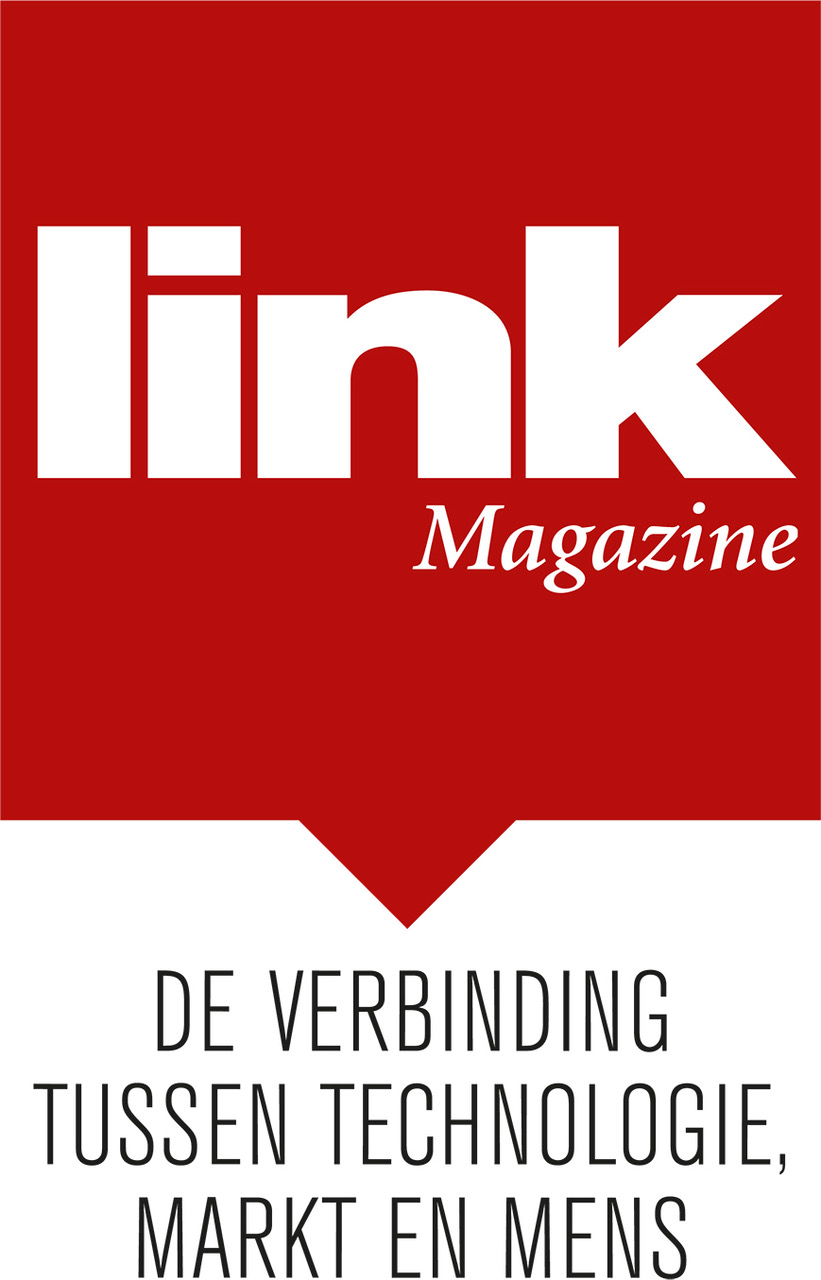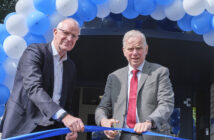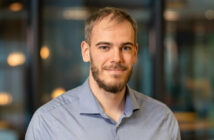‘Our product is actually expertise’
For the production line of a new type of 3D display, NTS-Group develops and builds the heart: the digital printer module. This is right up the Eindhoven system supplier’s street as they have been specialising in optomechatronics for years. ‘This product is being built upon the expertise we have gained in, I estimate, a dozen other printer projects. Just as we will develop future projects using the expertise we are gaining now’, says Paul Neggers, NTS-Group’s Business Line Manager.
Five years ago, NTS-Group separated its developmental activities in NTS Systems Development. There are currently around 200 people working in this ‘incubator’ for new products/modules, especially mechanics, mechatronics, optics and software experts. A number of these employees work in Wychen, near Nijmegen, where Development Prototyping is based. ‘Here we have brought development and production closer together’, explains Paul Neggers, ‘and we also have a mechanical workshop to make the critical components ourselves. Short lines, quick adjustments; this works well.’
NTS works as a system supplier for clients. Neggers: ‘We don’t have to keep starting from scratch, we have worked on similar projects a few times before; that means we know what to do and what not to do. This learning curve is very important as we can help our clients more quickly, with regard to quality and time to market, as well as costs because we always consider (re)producibility.’
A piece of generic expertise
NTS’ core expertise lies in optomechatronics, plus everything required to achieve ultra-precision in machines and processes. NTS applies this expertise in various areas of applications. Print technology is one of these areas. ‘An area of great diversity’, explains Paul Neggers. ‘There are synthetic and metal prints, you can add ‘tracks’ to a substrate, and graphics applications are also possible. For example, we have developed very large printers for Agfa.’
Now that digital printing is taking off, this expertise and experience is very useful. ‘Although every client request and application is different, there is a great deal of generic expertise involved’, he explains – based on a project that NTS has been working on for the past eight months: a number of advanced inkjet modules. These are to become the heart of a production line for a new type of display that enables you to see 3D images without 3D glasses. Dimenco, a company based in Veldhoven which is further developing this Philips technology, wants to conquer the world market with it – and ‘neighbour’ Morphotonics (developer of light management textures) and NTS-Group are lending a hand.
A fountain of knowledge
NTS is taking care of the optomechatronic part of the system. Simply put, it concerns the print heads – with no less than 1024 nozzles – that allow miniscule drops of ink to fall, with ultimate precision, onto a prepared sheet of glass that is just a few millimetres ‘thick’, in exactly the right angle, without spraying or omitting pixels. A tough job, even for NTS. But also not completely unknown, explains Paul Neggers. ‘We handle the substrate (the sheet of glass, ed.) using lifting pins. If you have never made a module with lifting pins then you have to start from scratch and discover everything involved. Not us: in the past, we have applied this principle to lifting wafers for semiconductor clients. We recognise the client’s problem and have conceptual ideas to solve the problem effectively.’
Original Module Manufacturer
And so, the present project has more similarities with previous projects. Neggers mentions the maintenance station that cleans the print head. NTS developed the ‘jetbar’ especially for this project. The smart ‘module in the module’ checks immediately after the print heads are installed if they are in the correct position to allow the patterns to land in the correct place on the substrate; if not, correction follows automatically.
‘The jetbar has provided us with new knowledge which we can use to our advantage in following projects’, says Paul Neggers. He adds, ‘We never could have developed this printer if we hadn’t developed ten others.’ What you see now is that we have made steps in modular development and building – and are moving towards Original Module Manufacturer (OMM, also known as OEM white box, ed.). That makes it interesting for OEMs to talk to us about their road map, to converge with ours.’






